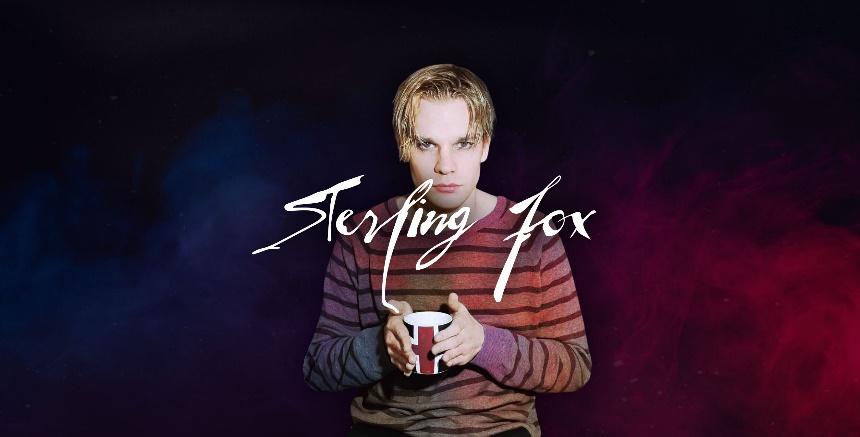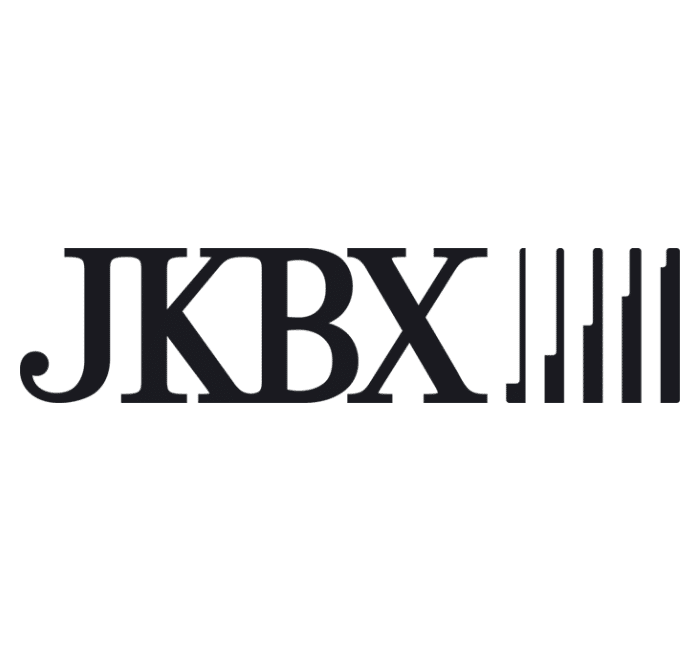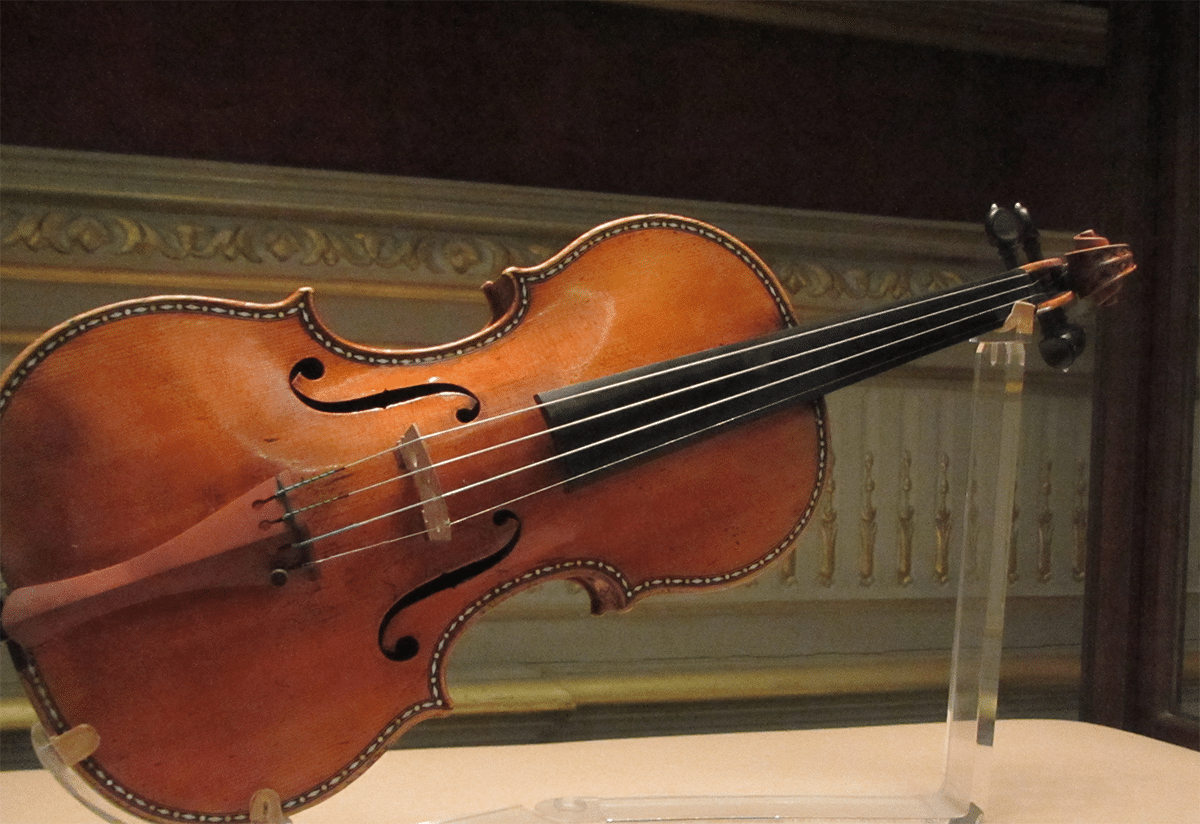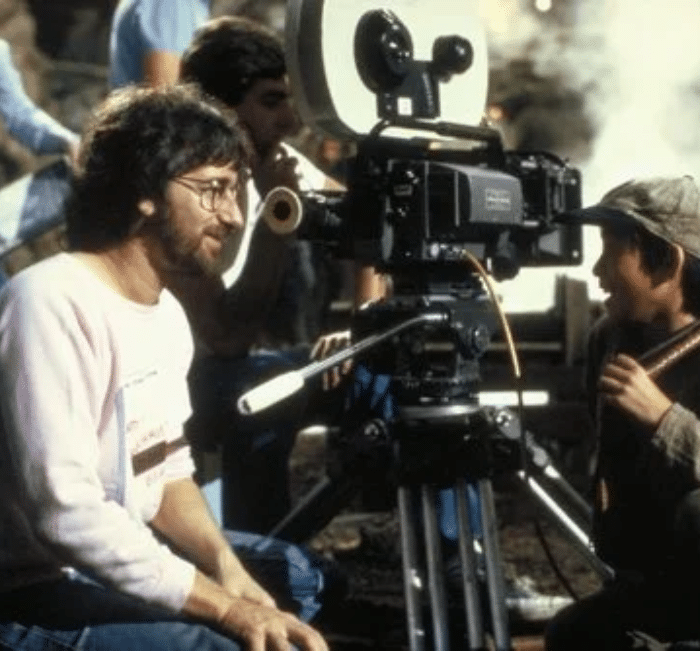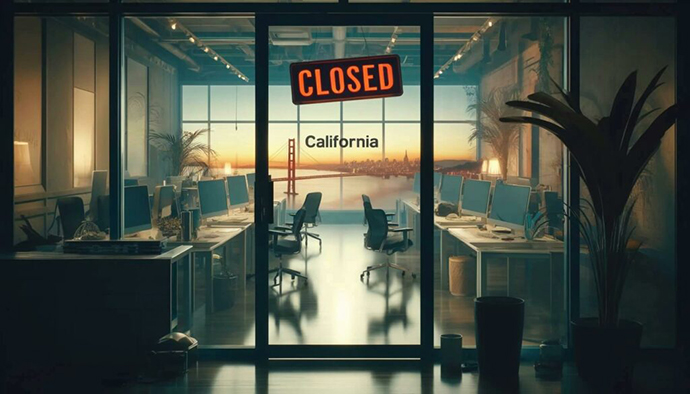A look inside the world of buying & selling music royalties
This week we explore the world of music royalties — how song rights get bought, sold, and passed around like a hot potato.
Let’s dive in!
Table of Contents
What are music rights?
There are two types of music rights — master rights (also known as songwriter rights) and publisher rights.
Master recordings are the actual raw sound waves involved in a song, whereas publisher rights are for things like lyrics, melodies and chord progression. Investors can own both, a portion of both, or a single one of these rights, depending on what the owner (almost always a musician or record label) is offering.
Song rights owners are entitled to royalties, which are paid out by various agencies and collected each time the song is played or reproduced in some capacity. Yep, this means even your crappy high school band playing Nirvana songs out of mom’s basement to an audience of one is technically supposed to cough up to Courtney Love and Larry Mestel, who owns of the higher profile publishing rights exchanges.
Now, obviously royalty rights owners won’t be able to successfully chase after every penny owed to them; especially since the technology for identifying infringement is still a half-step behind. It should come as no surprise that enforcement is a lot tougher than it used to be.
However, given the evergreen importance of music in society, it’s easy to see the potential for portfolio growth with a few savvy music investments.
A history of music royalties
Music and publishing rights have existed for a seriously long time. Musical copyright law came to fruition in England in 1842, and French copyright began in 1829, with the formation of SACD, a French society establishing collective rights management for authors which is still around today.
Yes, that’s right. Musicians began earning money for their works 50 years before the invention of the phonograph.
Although composer rights have been around for nearly 200 years, the multiple streams (pun intended) of royalty collection we see today didn’t exist. Since mass dissemination of music wasn’t prevalent up until 1950, one of the only ways for musicians to earn money was to sell the rights to their music.
Songs in the public domain
You are probably somewhat familiar with how copyright protection works for musical properties. An artist records an original song, the label secures the copyright, and then receives royalty and distribution rights based on the contract.
But after a while these rights to royalties expire. And once these songs, melodies, and lyrics enter the public domain, it’s fair game.
For example, Twinkle Twinkle Little Star is now available for anyone in the world to use. In theory you could release a ripoff called Twinkle Twinkle Big Star, which sounds exactly the same as the original, claim it as your own, and never get into any trouble at all.
While it might seem disheartening that rights to music royalties do eventually expire, it’s actually pretty irrelevant to the value of this investment class.
Why? Two reasons:
- Copyright laws are constantly changing and evolving, often in favor of rights-holders, and more importantly…
- Expiration takes a very long time. Songs released this year won’t be in the public domain for another hundred years, when you’ll either be dead or living on inside a virtual cloud.
I know many, myself included, are waiting with bated breath for the year 2064, when many of The Beatles’ classics enter into the public domain.
The big misconception about fair use
TRUE OR FALSE: You can legally use small bits from a recording as a sample in your song, since samples under 15 seconds are considered “fair use.”
Answer: False.
Though many artists get away with using brisk or barely recognizable samples in their published works, this is still technically stealing. The ‘thief’ is meant to either pay the original owner royalties, or buy the rights to that sound sample.
Lil Nas X samples another sample
When Lil Nas X wrote Old Town Road, he legally purchased the beat from BeatStars, a marketplace for buying and selling beats. The problem is that, while the Nine Inch Nails banjo sample cost him just $30, the person he bought it from (another producer named Young Kio) did not have permission to use it before uploading to BeatStars!
This means it was played millions of times without approval. In fact, it’s likely that either Lil Nas X or Sony had to pay the band a substantial sum in back royalties after the song became popular worldwide.
The Verve gets sued by The Rolling Stones
Another interesting example is Bitter Sweet Symphony by The Verve. The soaring strings from that track forms one of the most iconic melodies of all time, yet the original melody is actually from The Rolling Stones’ song The Last Time.
Richard Ashcroft and The Verve initially got permission to use a few notes of The Last Time’s melody for their single. However, upon hearing Bitter Sweet Symphony, the Stones’ manager felt too much of the sample had been used, and sued Ashcroft.
As a result, for years all rights, earnings, and potential royalties were stripped from The Verve, and given to the Rolling Stones — a band that probably didn’t even need the extra cash. In 2019, after a long and drawn-out fight, royalties were given back to The Verve.
The Avalanches can’t keep track
The Avalanches are an electronic band that formed here in Melbourne in the early 2000s.
Known for songs with heavy sampling, including the famous Frontier Psychiatrist, they reportedly used a whopping 3,500+ unique samples from a litany of obscure records in order to stitch together their famous and beautiful debut album, Since I Left You.
But because they didn’t think the album was going to be successful, they kept extremely poor records of the sample’s sources. When the album had success, The Avalanches were snowed under with copyright issues due to sheer number of samples used.
As a result, they were required to revisit every single sound and create a list of exactly where each one had been obtained before the album could be released internationally. To this day there are likely hundreds of samples used on that record that nobody knows the exact origin of, and which are owned by somebody who never got paid!
(Side note: The Avalanches just released a new album which is fantastic!)
Who typically buys music rights?
If you’re trying to buy the rights to Metallica’s entire catalogue, or Eminem’s Marshall Mathers LP, you’re likely already taking baths in 100-dollar bills.
Typically, handovers for rights of this magnitude are operated by music publishing enterprises — either those dedicated to distributing, selling and acquiring rights, or the more traditional record labels which provide artists with studio time, publicity and so on.
Some recent high-profile transactions include:
- Primary Wave, who just last week purchased a majority stake in Stevie Nicks’ catalog, reportedly valued at $100 million.
- Concord Publishing recently acquired the rights to Imagine Dragons’ back catalogue, also for $100 million.
- Hipgnosis Songs Fund, a British music IP investment and song management company founded in 2018, is trying to splurge over $500m to buy the rights to popular singles Single Ladies by Beyonce, Baby by Justin Bieber and Umbrella by Rihanna. ☂️
- Bob Dylan, who quite recently sold the rights to his discography to Universal at the ludicrous price point of $300 million. This comes to about $50k per song, and as Byron Kaye worked out, because Dylan’s music is kind of boring (sorry, but it is) “approximately $150 million per chord.” ????
Bob Dylan sold his back catalogue for $300 million, which comes to $50,000 per song or $150 million per chord.
— Byron Kaye (@byronkaye) December 7, 2020
- Finally, Scooter Braun, the music mogul who purchased Taylor Swift’s first six albums, flipped Swift’s masters to Shamrock Capital just two years after purchasing them. Swift has been loudly critical of the deal, calling Braun a duplicitous bully, and claiming she was never given an opportunity to buy the rights to her own music before Braun scooped them up. ????
The most expensive catalogs ever purchased




